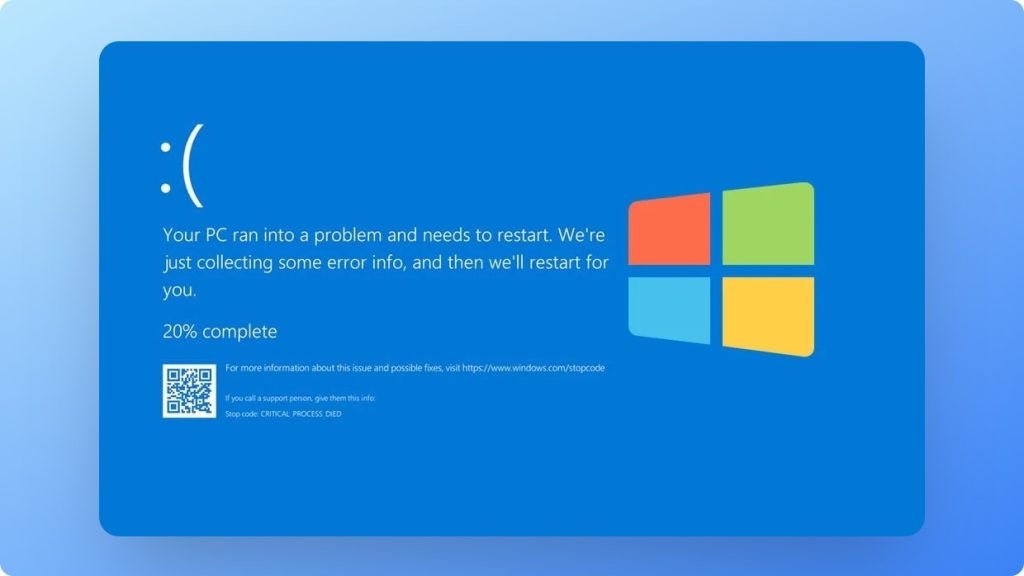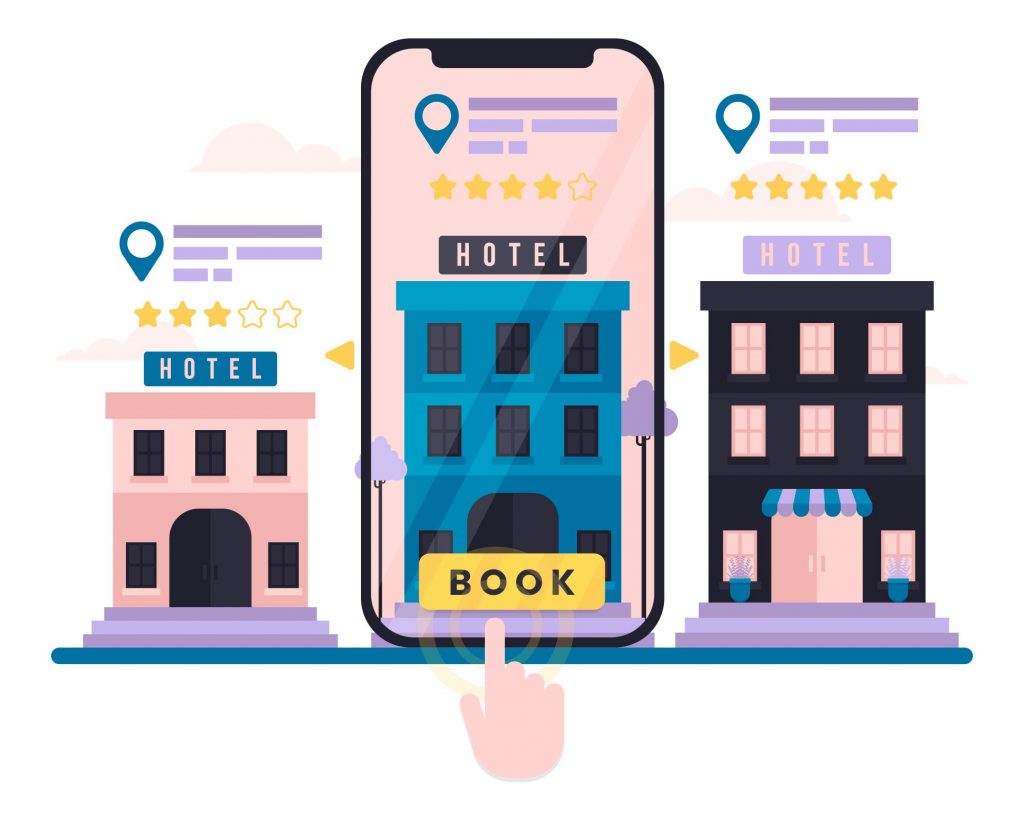Closed-circuit television (CCTV) is the usage of cameras, particularly for video recording to send signals to a location and display them on a monitor. CCTV is used in those areas where a secure eye is required. With the use of CCTV, you can have a look at the live feeds or playback the recorded incident for use. In June 1927, a Russian physicist invented the first mechanical CCTV system. In 1942, Peenemünde, Nazi Germany, developed another pioneer CCTV system for monitoring the launching of V-2 rockets. The very first commercialized closed-circuit television system, termed Vericon, had become available in the United States in 1949.
CCTV and surveillance, in general, are very common now in many forms. It is used by police officers, and security guards, used in schools industrial areas, and even on the streets and highways. CCTV outputs are generally viewed on monitors in a separate space called the control room. But with today’s advancements in technology, CCTV outputs can be obtained on any screen with internet access as well.
In the early days of CCTV systems, we were only able to monitor the cameras live and there were no systems for recordings but today we can have many cameras recording at once with many features within the systems. We can use the footage and gain insights on incidences and ensure safety on the premises.
CCTV Usage
CCTV can be used to prevent criminal activities. It can be widely seen now in Banks, stadiums, and grocery stores. It is not that CCTV creates a decrease in crime rate, but it definitely provides a preventive measure, and those who are just aware that they are being recorded, often stay in the discipline.
The use of CCTV can be seen in public transport as well where people feel safer traveling than before. We have seen many cases of violence and pickpockets inside the transport. Nowadays people especially females feel safe traveling even at late hours.
Organizations also use this system, especially in POT or point of transaction, stores, and even in restaurants to avoid theft, pilferage, and leakages.
Household use of CCTV systems is also on-trend. Protection of personal property is not limited to gates, fences, locks, and walls now. With the wide popularity of delivery services at one’s doors, it is very important to not let anyone else take advantage of it. In addition to the traditional prevention methods, CCTV inside or outside household premises can be seen nowadays.
CCTV Pros
CCTV footage can be used in court as a piece of evidence against any case be it a crime or accident. Insurance companies and traffic control also can get major insight on insurance claims and traffic operations using CCTV footage.
Installing CCTV has its own set of advantages.
- We must have surveillance cameras openly put since they guarantee public wellbeing. Seldom will anybody endeavor to hurt you when they realize their activities are being recorded on camera. Cameras protect you and your property.
- The police can distinguish crooks recorded with cameras. Through cameras, the police can both keep wrongdoings from occurring and can rapidly settle criminal cases with video evidence
- Cameras are there not to attack an individual’s security but rather to safeguard people in general by discouraging crime and by giving material proof when a wrongdoing has been gotten on film.
- Lawbreakers are less inclined to perpetrate wrongdoings nearby assuming that they realize they will be shot the entire time. Corrupt exercises like shoplifting barely appear to be worth the effort when set in opposition to the chance of going to prison.
- The development of facial recognition through AI in cctvCCTV logical programming empowers a lot more prominent prescient experiences into the criminal way of behaving and more precise revealing.
CCTV Cons
There are some setbacks of installing CCTVs too.
- It is an encroachment on your common freedoms. Why film people in public without their consent? To gain something, we have to lose something, similarly, to gain secure living space, and a safer community, the public has to be open to being filmed.
- A common misconception is that CCTV stops violent crimes, but it just limits them, the crime will still happen if it is inevitable. CCTV just provides insight on what is happening live or what did happen at the event.
- Wireless cameras or web-based cameras are prone to be hacked.
AHD CCTV and IP CCTV are the two forms of CCTV that are often used. Analog High Definition closed-circuit television, or AHD CCTV, employs analog signals for video surveillance, as the name implies. Coaxial cables are used to transmit signals from the camera to DVRs (Digital Video Recorders). AHD CCTV, in the past, used to support video resolutions of 720p and 1080p only. However, thanks to technological advancements, AHD now supports 4K video resolutions. An IP camera, or Internet Protocol camera, is a form of digital video camera which uses an IP network to receive input and give output. The input is generally a series of control signals and the output is data in the form of images. Since IP CCTV cameras can be accessed via the internet, it is prone to hacking and is more vulnerable. On the contrary to that, the analog HD cctv doesn’t possess IP addresses, it is more secured. Also, the cost of the IP cameras is higher than the analog ones. However, it is easy to upgrade or downgrade those cameras once installed. The video quality of the IP cameras is also higher.



